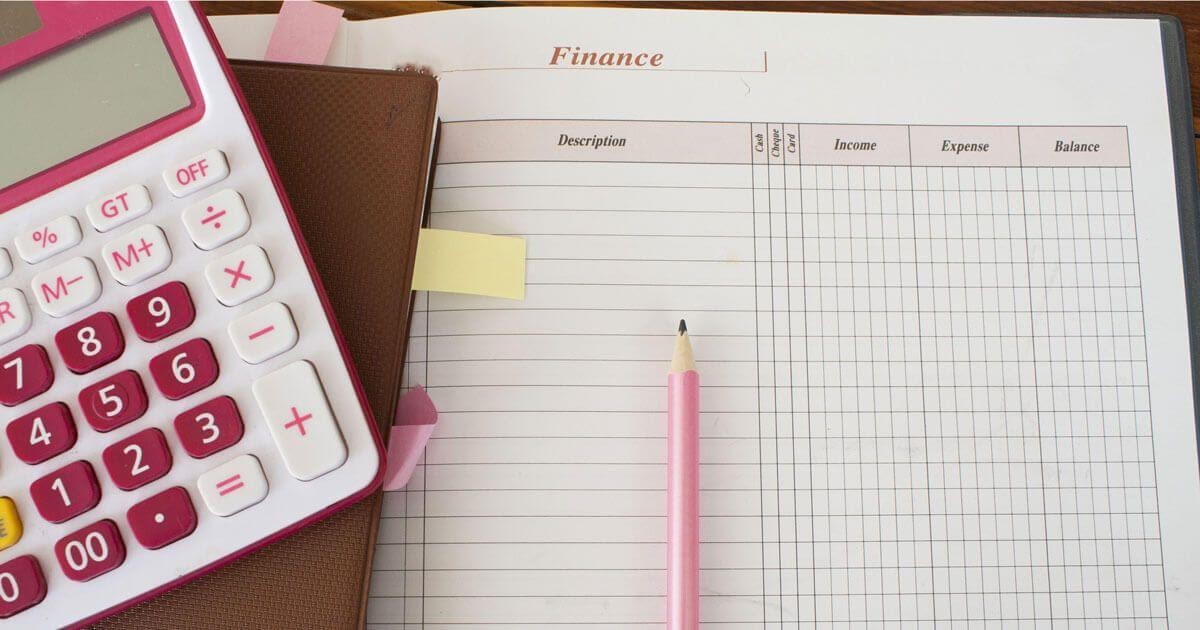Single Entry Bookkeeping System
Have you ever struggled with keeping a record of all your small business sales and expenses? Can you tell me what your business’s profit or loss for the last month was? Maybe you have been stashing receipts in a shoebox under your desk, promising yourself to sort them out when you find the time?
You are not the only entrepreneur who faced these troubles. Did you know that the biggest reason that small businesses fail is because of poor cash flow management? Well, a single-entry bookkeeping system might be the best solution for your business because not all businesses have complicated bookkeeping records and need to use double-entry accounting. 
In this article, you will learn the single entry system definition, disadvantages of a single entry system, and more.
Single Entry Bookkeeping System Definition
A single entry bookkeeping system or a single entry accounting system is a method of bookkeeping that only recognizes one side of a business transaction as an accounting entry. Bookkeeping is what we call the process of recording all of your business’s financial transactions.
The single entry bookkeeping system is about taking control of the cash account, so you have a record of all the cash flowing in and out of your business. What is great about this system is that anyone can do it. It’s simple and practical, and all you need is Excel or Google Sheets.
Single entry bookkeeping system as an alternative to the double entry accounting pre-dates the second by literally thousands of years. It still has its place today, especially when we are talking about small businesses with minimal financial transactions.
Single Entry Bookkeeping System Example

This is what a single entry bookkeeping system looks like in its simplest form. We have a table that summarizes all of your business transactions in a Cash Ledger. This is called a three-column ledger because we have three columns for a date, description, and amount.
For this example, let’s imagine that you are starting an e-commerce business from scratch. The name of your business is Exquisite Crafts, and the accounting period for which this ledger is January 2020. Now, you will need to enter all the transactions that happened in January.
In the single entry bookkeeping system, for each transaction, all you will do is record date, a short description of the transaction, and the amount of the transaction. Note that when you are taking money out of business, the transaction will be recorded in parentheses.
At the end of the month, you will add up all the transactions to record a closing balance. The closing balance will then serve as an opening balance for the February ledger.
Single Entry Bookkeeping System Disadvantages

Are there any disadvantages of a single entry system that one should be aware of? Although the single entry system is a simple and easy way to keep track of your business finances, you should consider the following disadvantages of this method:
- Arithmetical accuracy cannot be proved: Trial balance cannot be prepared to check the arithmetical accuracy. Hence, the chances of errors and fraud will be high.
- No control of assets: Since assets accounts are not maintained, it is very difficult to keep control of assets to check for fraud.
- The financial position of the business cannot be ascertained: The balance sheet cannot be prepared to ascertain the financial position of the business as the assets and liabilities accounts are not maintained.
- Tax authorities do not accept it.